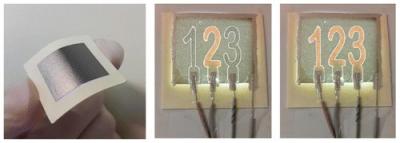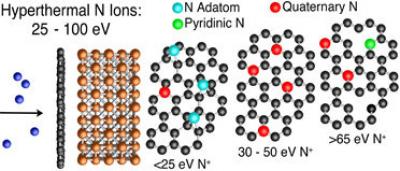Feature our graphene news in your website
Graphene-Info has been providing objective and up-to-date graphene market news, as well as in-depth articles and commentary for over 6 years. We are now happy to offer the opportunity to embed our graphene news directly in your web site, at no cost.
If you're looking to enrich the experience of your web site visitors, our market news can grant them a glimpse into graphene technology, news and market status.





